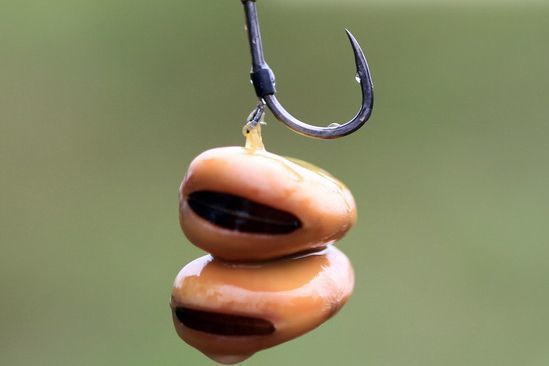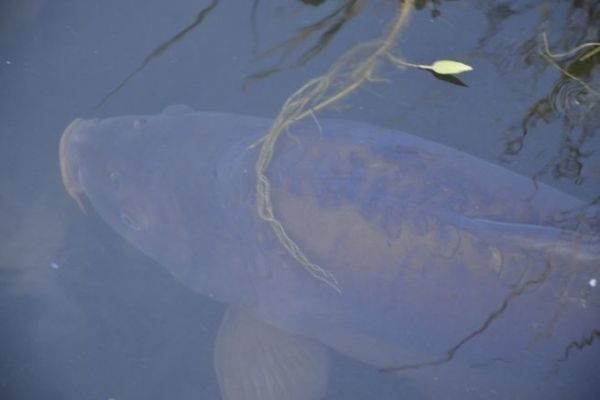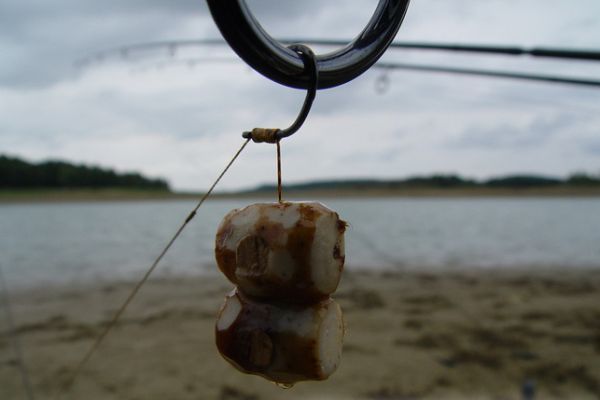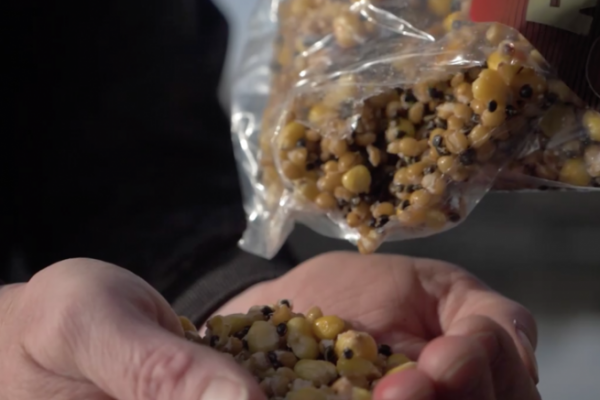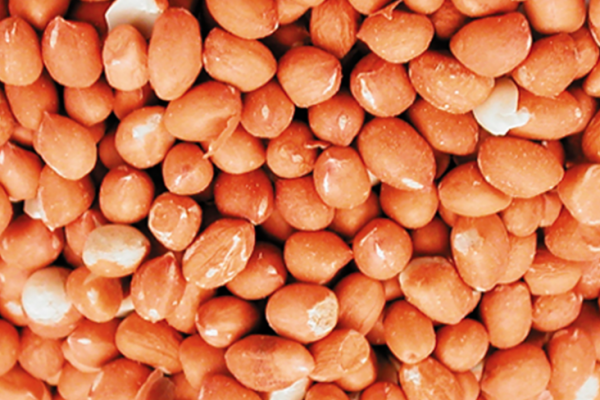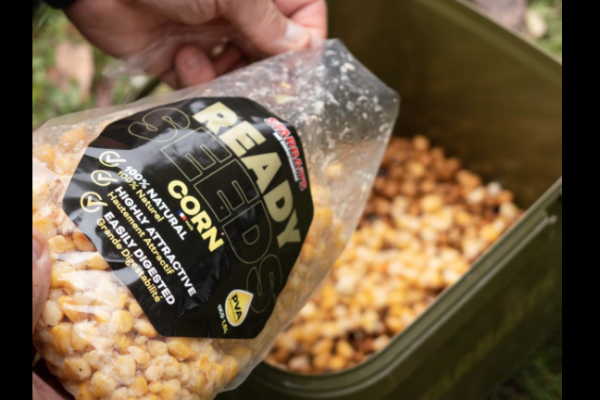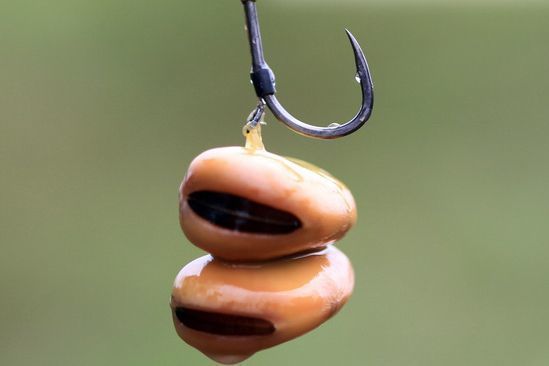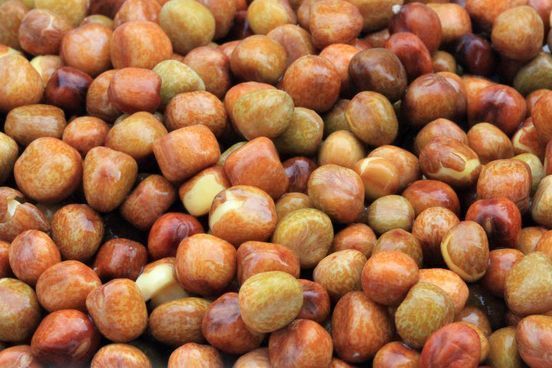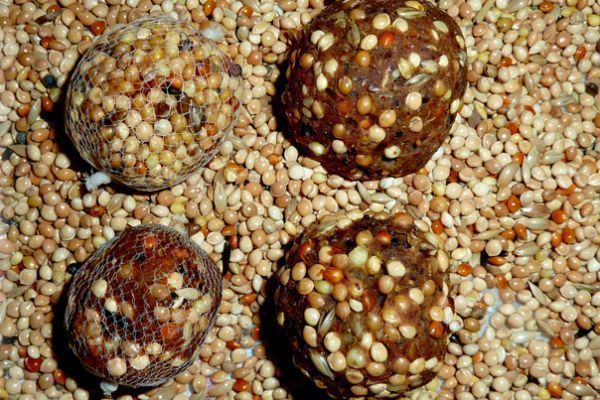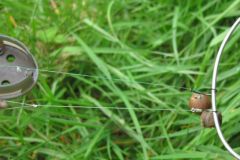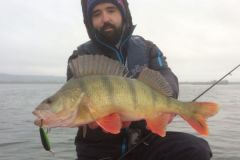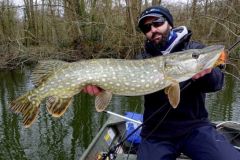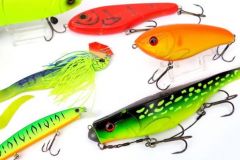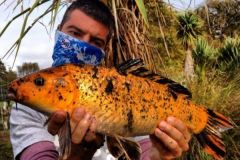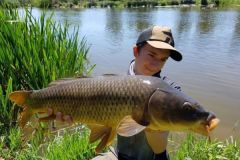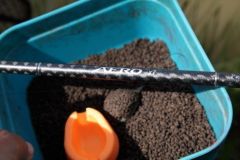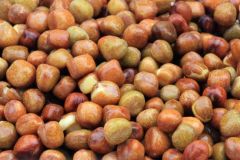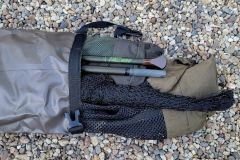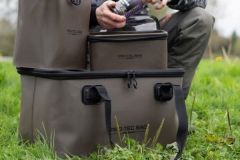The large diameter bean and the smaller faba bean are legumes that can be considered original in the fishing world. Yet, in the past, the ancients caught carp with broad beans as they did with potatoes. A seed that caught carp yesterday will catch more tomorrow!
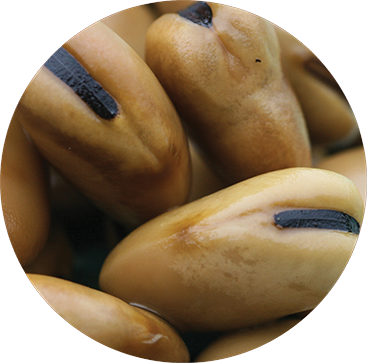
History and description
Latin name : Vicia faba
English name : Bean
The bean comes from a leguminous plant of 30 cm to 1 m. It produces thick pods containing 4 to 8 flat seeds. These seeds once cooked can be up to 5 cm long and almost 2 cm wide for the largest. It is in general of brown color/dark brown.
Coming from Persia and Africa, its origin goes back to the highest Egyptian antiquity. Seeds have been found in tombs dating back to 2000 years before Christ. This common seed among the Greeks would have caused the death of Pythagoras (would there be carpists allergic to math?). Indeed, the latter fell into the hands of enemies while trying to avoid a field of beans. During Roman festivals, the bean was used as a token to designate the king before it was replaced by our modern beans. In France, the bean was the origin of cassoulet.
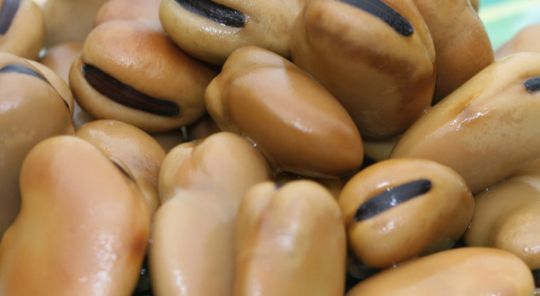
Nutritional qualities of the bean
In addition to its non-negligible fiber content, which makes it an easily digestible seed, the bean is rich in carbohydrates (about 10%). However, once cooked, this seed does not keep well, which could harm your priming area if you are too heavy handed. To couple with a cereal if you wish. Today, we can say that this seed is rather original because little used.

Preparation
The soaking time should be 24 hours for broad beans and 48 hours for fava beans. Here again, a good quantity of water is necessary, because the beans take a lot of volume. Cooking should take about 30 minutes. Be careful not to overcook them, as this could cause them to burst. It would then be less resistant on the hair. Especially as this seed resists quite well to catfish. However, the claws of the crayfish will be stronger.
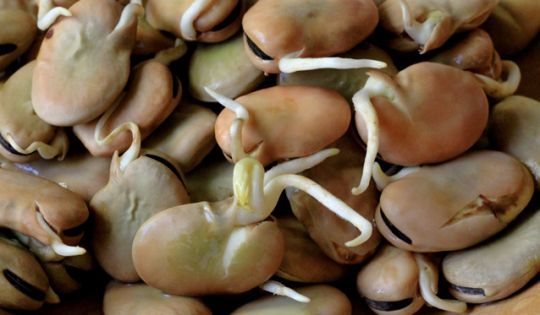
Packaging
Fava beans (and broad beans) are mainly found in markets or in specialized food stores. This seed is almost impossible to find in fishing stores.
Eschewing the bean to fish for carp
As with all the seeds, all the eschages and presentations are possible and this without particular difficulty.
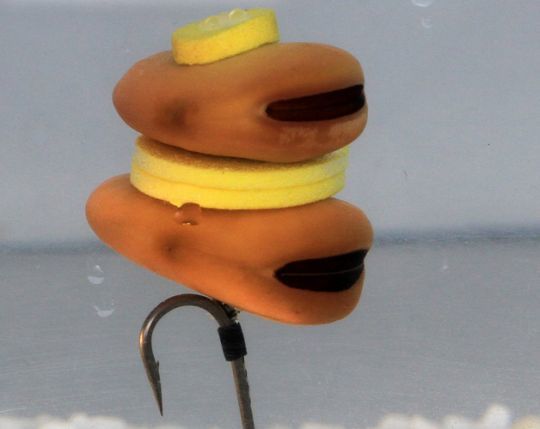
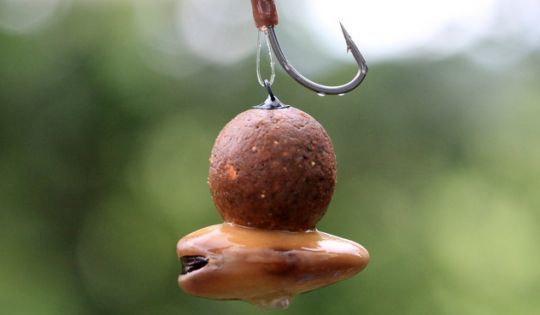
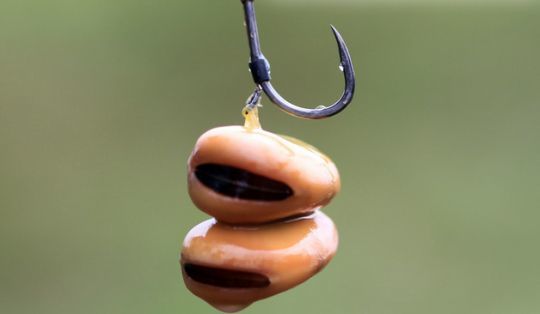
Tips and tricks for carp fishing with beans
Beans and faba beans can be bred longitudinally or slightly diagonally instead of being threaded in the traditional way. The interest is to increase the contact surface on muddy bottoms.

Beans and beans are seeds that have become original. But originality often catches fish that shun traditional baits.

 /
/ 